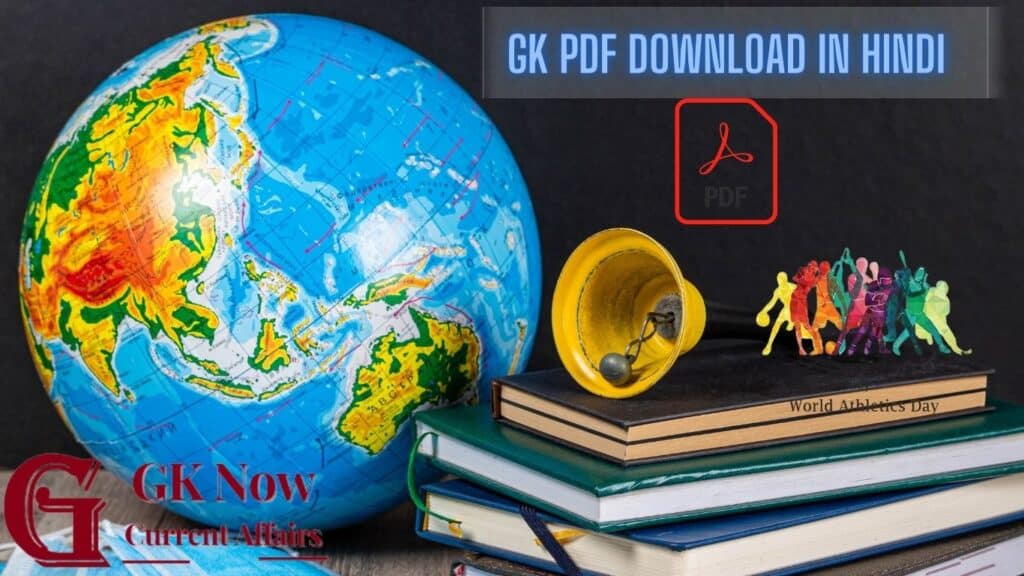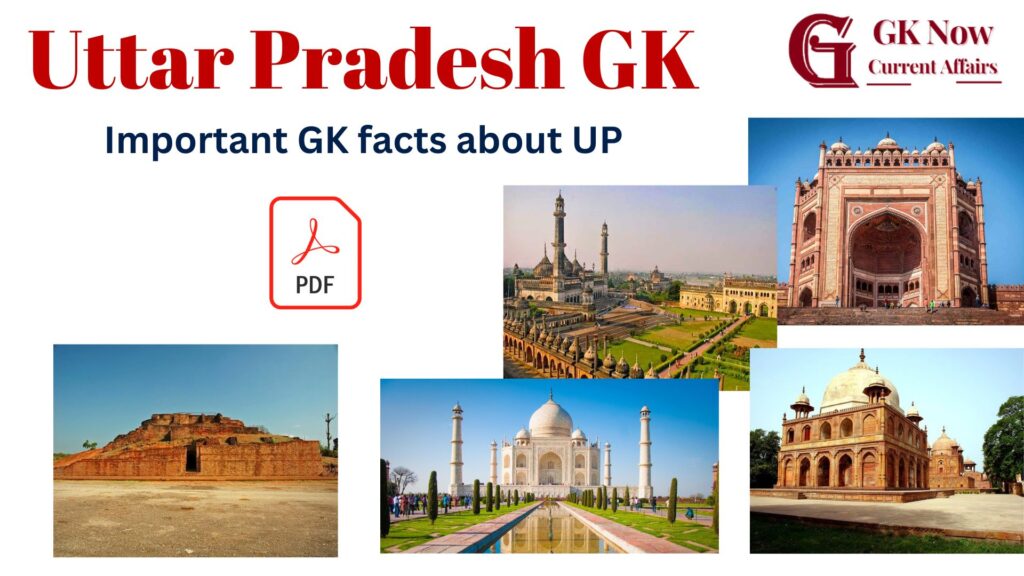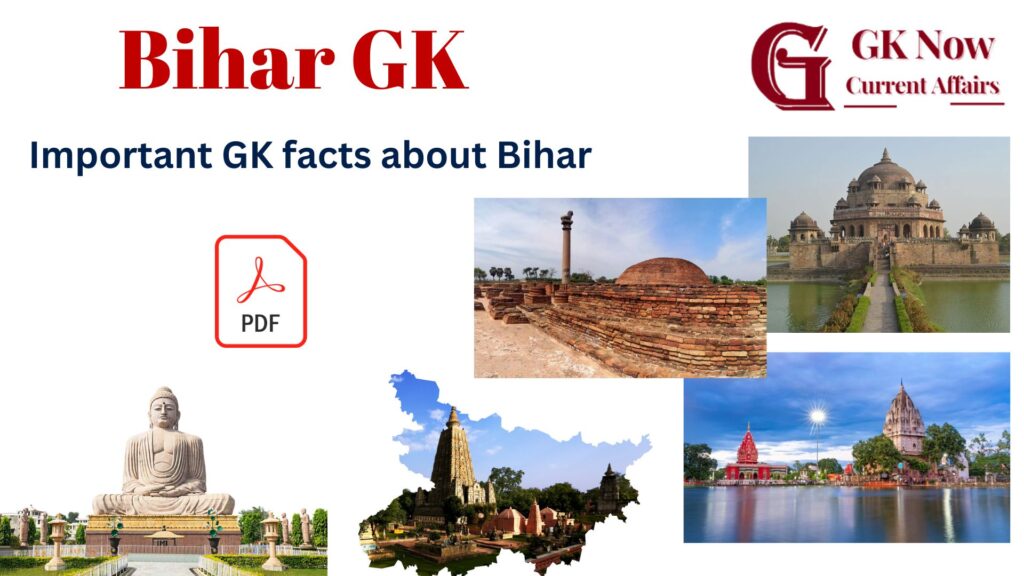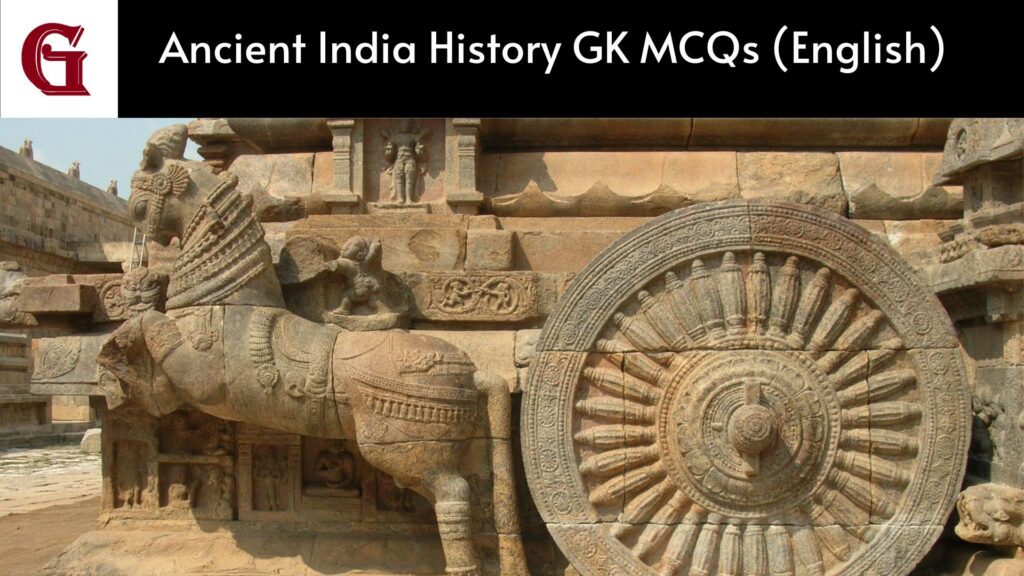List of Important Days in July 2023, with details and PDF download. This information is very useful for the preparation of upcoming UPSC, SSC, UPSSSC and other competitive exams.
List of Important Days in July 2023
1st July – Doctor’s Day (India)
All across India National Doctors’ Day is celebrated on 1st July in memory of Dr. Bidhan Chandra Roy, physician and the 2nd Chief Minister of West Bengal. He was born on 1st July 1882 and died on the same date in 1962.
1st July – Chartered Accountants Day
Chartered Accountants Day or CA Day is celebrated every year on 1st July in India. It is also known as ICAI Foundation Day. The day is celebrated to commemorate the establishment of the Institute of Chartered Accountants of India (ICAI) on 1st July 1949.
1st July – GST Day
GST Day is celebrated to commemorate the implementation of the Goods and Services Tax (GST). GST Day was first celebrated on 1st July 2018 to mark the one year anniversary of the implementation of the new tax regime. GST was launched on the intervening night of 30th June and 1st July, 2017, at a function held in the Central Hall of Parliament.
2nd July – World UFO Day
World UFO Day is observed every year on 2 July to spread awareness about Unidentified Flying Objects (UFOs). The main purpose of celebrating the day is to acknowledge the existence of UFOs. 2nd July was declared as the official World UFO Day by the World UFO Day organization. It is believed that the first World UFO Day was celebrated in 2001 by UFO researcher Haktun Akdogan.
2nd July – World Sports Journalists Day
World Sports Journalists Day is observed globally on 2 July every year. World Sports Journalists Day was established by the International Sports Press Association (AIPS) in 1994 to mark the 70th anniversary of the organization’s founding. AIPS was formed on 2 July 1924 during the Summer Olympics in Paris.
3rd July – International Plastic Bag Free Day
International Plastic Bag Free Day is held around the world on 3 July to spread awareness that a plastic bag free world is possible and that there are sound environmental alternatives to single-use plastic bags. The first International Plastic Bag Free Day was celebrated on 3 July 2008, when Rezero, a member of Zero Waste Europe (ZWE), started it.
4 July -USA Independence Day
Independence Day is a federal holiday in the United States commemorating the Declaration of Independence, which was ratified by the Second Continental Congress on 4th July, 1776, to establish the United States of America. Congress voted to ratify independence, passed the Lee Resolution on 2nd July, and adopted the Declaration of Independence two days later on 4th July.
6 July – World Zoonoses Day
World Zoonoses Day is observed annually on 6 July to commemorate the first vaccination against zoonotic disease such as influenza, Ebola and West Nile virus. World Zoonoses Day was established on 6 July 1885 to educate and raise awareness about zoonotic diseases that can be transmitted from animals to humans. It is celebrated in the memory of French biologist Louis Pasteur, who administered the first dose of the first vaccine against rabies.
7 July – World Chocolate Day
World Chocolate Day, sometimes referred to as International Chocolate Day or just Chocolate Day, is an annual celebration of chocolate, which takes place globally on 7 July, which is believed by some to mark the introduction of chocolate to Europe in 1550. Celebrate anniversary. World Chocolate Day starts from 2009.
10 July- Nikola Tesla Day
Nikola Tesla Day, observed on 10 July, commemorates the life and legacy of Nikola Tesla, a renowned inventor, electrical engineer and physicist. Nikola Tesla was born on July 10, 1856, in Smiljan, part of the Austro-Hungarian Empire (now Croatia).
11 July – World Population Day
In 1989, the Governing Council of the United Nations Development Program recommended that 11 July be observed by the international community as World Population Day, a day to focus attention on the urgency and importance of population issues.
12 July – Paper Bag Day
World Paper Bag Day is observed every year on 12 July to raise awareness about the importance of using paper bags instead of plastic bags. Francis Wooley, an American inventor, built the first paper bag machine in 1852. Later in 1871, Margaret E. Knight introduced another machine for making flat-bottom paper bags and gained fame as “The Mother of the Grocery Bag”. Improved paper bag design and manufacturing processes were developed over time by inventors Charles Stilwell and Walter Duebner in the years 1883 and 1912, respectively.
12 July- Malala Day
Every year on 12th July, the world celebrates Malala Yousafzai’s birthday. At the age of 17, Malala was the youngest ever recipient of the Nobel Peace Prize. The day also honors the rights of children and women. He called for worldwide access to education at the United Nations. Since that day, the United Nations has designated 12th July as Malala Day.
14 July – Bastille Day
The National Day of France, also known as Bastille Day, is celebrated every year on 14th July. Known in French as La Fête Nationale or Le 14 Juillet, the day is celebrated with fireworks and parades. One of the most important days in the nation’s history, it marks the fall of the Bastille, a military fortress and political prison, which was then considered a symbol of the monarchy and the Arsenal.
15 July – World Youth Skills Day
In 2014, the United Nations General Assembly declared 15 July as World Youth Skills Day, to celebrate the strategic importance of equipping young people with skills for employability, decent work and entrepreneurship.
15 July – Social Media Giving Day
Social Media Giving Day is observed every year on 15th July across the world. It was started by a non-profit organization called Givver.com, which has been raising funds through Twitter since 2013. The owner of Giver.com, Chris Somers, is also the founder of the popular American food chain Pie Pizzeria. On this special day, people are encouraged to donate through social networks.
17 July – World Day for International Justice
17 July is World Day for International Justice. It marks the anniversary of the adoption on 17 July 1998 of the ICC’s founding treaty, the Rome Statute, which seeks to protect people from genocide, crimes against humanity, war crimes and the crime of aggression.
17 July – World Emoji Day
World Emoji Day is an annual unofficial holiday occurring on 17 July, intended to celebrate emoji; in the years since the initial observance, it has become a popular date for making product or other emoji-related announcements and releases.
18 July – International Nelson Mandela Day
Nelson Mandela International Day is an annual international day in honor of Nelson Mandela, observed each year on Mandela’s birthday, 18 July. The day was officially declared by the United Nations in November 2009, with the first United Nations Mandela Day being held on 18 July 2010.
20 July – World Chess Day
International Chess Day is celebrated annually on 20 July, the day the International Chess Federation was established in 1924. The idea of celebrating this day as International Chess Day was proposed by UNESCO, and it has been celebrated as such since 1966. It was established by FIDE.
20 July – International Moon Day
International Moon Day is being celebrated for the first time on 20 July 2022. On December 9, 2021, the United Nations General Assembly recognized the proposal submitted by the Moon Village Association and several other groups within the organization. The application was submitted to the United Nations Office for Outer Space Affairs (UNOOSA) to celebrate International Moon Day.
22 July – Chandrayaan 2 launching date
India’s second mission to Moon, Chandrayaan-2 was launched on 22 July 2019 from Satish Dhawan Space Centre, Sriharikota. The orbiter which was placed into the Moon’s orbit on 2 September 2019, carries 8 experiments to address many open questions on lunar science.
23 July – National Broadcasting Day
On this day in 1927, the first radio broadcast in the country was broadcast from the Bombay station under a private company, the Indian Broadcasting Company. Since 1927, radio has been an important part of people’s lives in India. All India Radio is truly serving to inform, educate and entertain the masses in line with its motto – ‘Bahujan Hitaya, Bahujan Sukhaya’.
24 July – Income Tax Day
On 24th July, 1860, Sir James Wilson introduced income tax for the first time in India. Wilson did this in 1857 to compensate for the damage done to the British rule during the First War of Independence. The first Income Tax Day was celebrated on 24th July 2010.
25 July – World Embryologist Day
On 25th July, 1978, Louise Joy Brown became the first baby girl to be born via in vitro fertilization (IVF). Since then, IVF has become a ray of hope for couples with infertility issues who dream of having a child. Therefore, Brown’s birthday, 25th July, is celebrated every year as World Embryologist’s Day.
26 July – Kargil Vijay Diwas
Kargil Vijay Diwas is celebrated every year in the memory of the brave sons of the country who sacrificed their lives while liberating the high peaks of Kargil from the occupation of Pakistan. Kargil Vijay Diwas is celebrated every year on 26 July to commemorate India’s victory over Pakistan in the 1999 Kargil War. During the war, the Indian Army repelled Pakistani infiltrators and succeeded in capturing Tiger Hill and other posts as part of “Operation Vijay”.
28 July – World Nature Conservation Day
World Nature Conservation Day is observed every year on 28th July. The main objective of this day is to spread awareness about the conservation of nature and biodiversity for a healthy environment which is essential for the flourishing of mankind. The origin of World Nature Conservation Day is still not known.
28 July – World Hepatitis Day
World Hepatitis Day is observed annually on 28 July to provide an opportunity to advance national and international efforts on hepatitis. Also, this day makes people aware about hepatitis disease and its consequences in the lives of people suffering from it. The World Hepatitis Alliance was established in 2007. In 2008, the first community-based World Hepatitis Day was observed.
29 July – International Tiger Day
International Tiger Day is observed every year on 29 July to promote the protection of the natural habitat of tigers, to spread awareness about the need for tiger conservation. This day is also known as Global Tiger Day. International Tiger Day was established in 2010 at the Saint Petersburg Tiger Summit in Russia to raise awareness of the decline in wild tiger numbers, leaving them on the brink of extinction, and to encourage tiger conservation work.
30 July – International Friendship Day
Friendship Day (also known as International Friendship Day or Friends Day) is a day in many countries to celebrate friendship. Those who promote the day attribute the tradition of dedicating a day in honor of friends as originating in the United States in 1935.
31 July – World Ranger Day
On 31st July, World Ranger Day honors the dedication and important work rangers do every day around the world. In 2007, the International Rangers Foundation and The Thin Green Line Foundation celebrated the first World Ranger Day, the 15th anniversary of the founding of the International Rangers Foundation.
Download PDF : Important Days in July 2023
PDF : Important Days in July 2023
Medium : English
PDF Pages : 6




